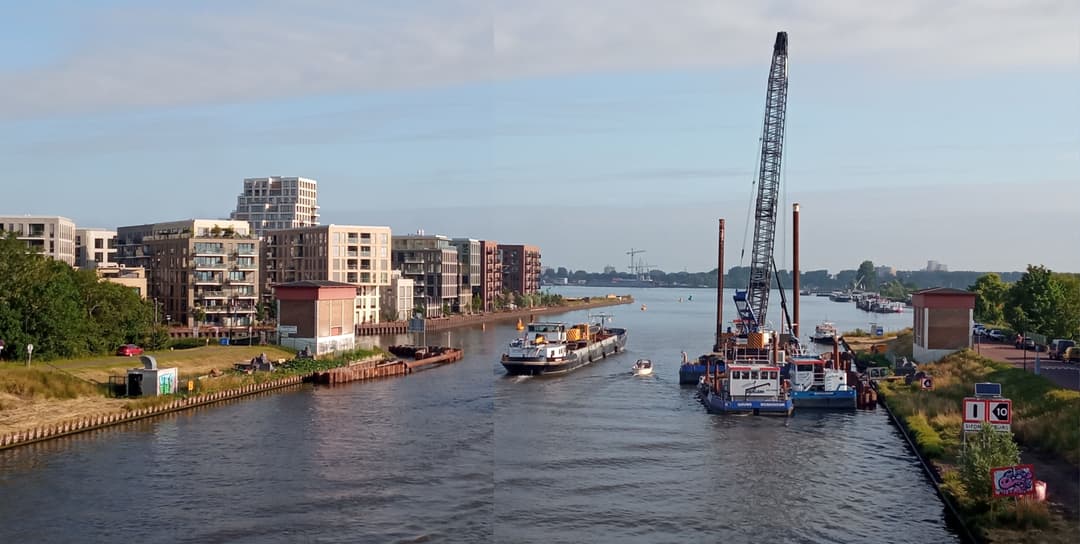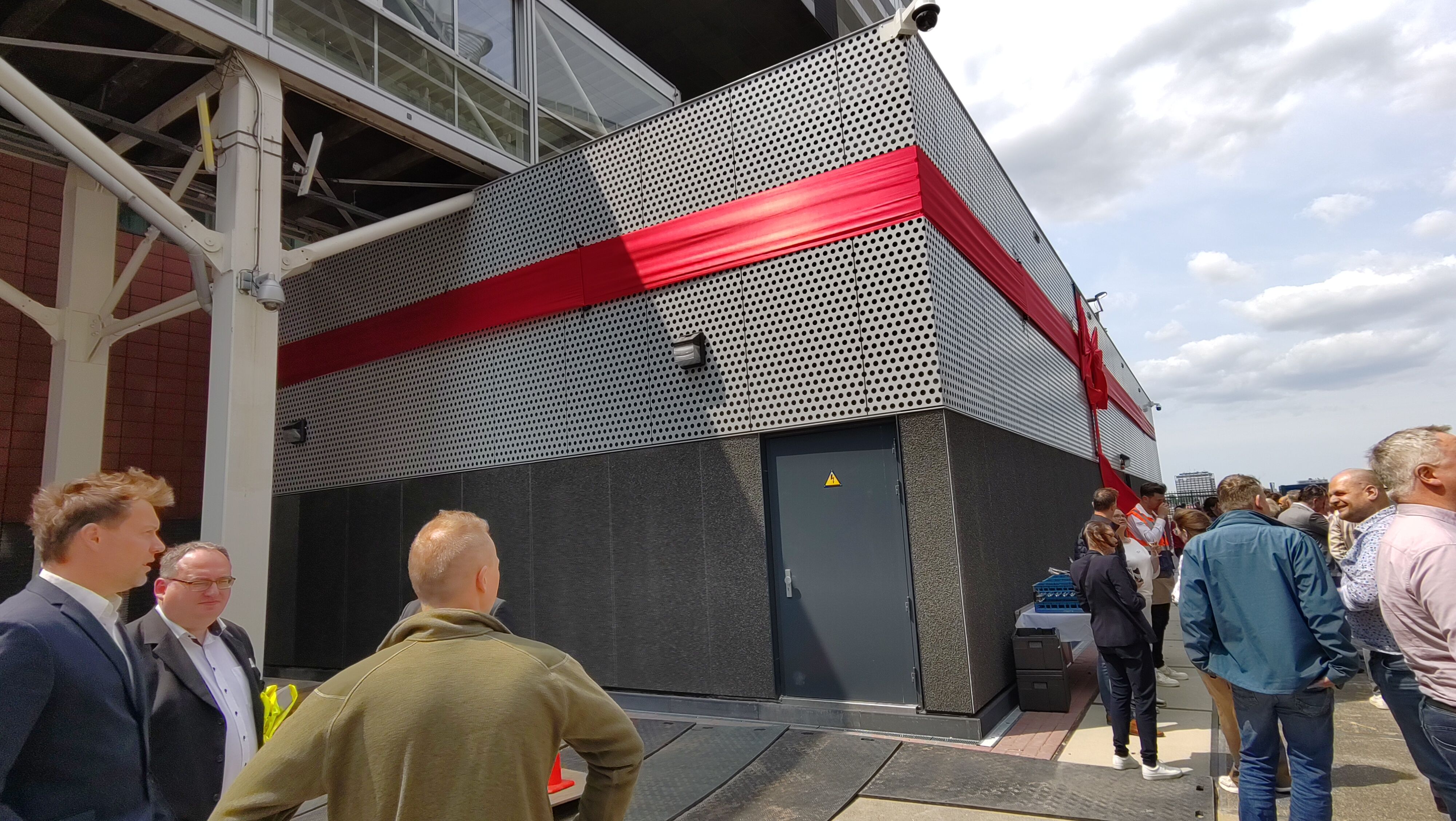
Shore Power PTA
The Port of Amsterdam aims to reduce emissions and noise pollution from cruise ships in the city center by implementing a shore power facility. This will enable ships to turn off their diesel generators while docked. BT Engineering supported the Port of Amsterdam from the preparation phase by developing a safe and feasible plan for the installation of high-voltage infrastructure within a complex quay structure.




Key Facts about the project:
- Sector
- Energy & Wind
- Client
- Port of Amsterdam
- Contractor
- Powercon/BAM
- Duration
- 4 years

Our approach
During the preparation phase, BT Engineering supervised various field and archive investigations, resulting in a 3D model of the historic quay. This early insight identified underground structures and obstacles. These findings formed the basis for a clear tender dossier with detailed drawings and well-defined conditions. Throughout the tendering and construction phases, BT Engineering remained closely involved—supporting negotiations and design, as well as supervising the realization and completion. This ensured timely coordination with existing cables, pipelines, the terminal, and surrounding buildings, thereby minimizing risks during construction.
Result we are proud of
- Completion before Europaen mandate
- 3 years earlier
- Management of cruise ships during construction
- uninterrupted
- Yearly reduction by 100 calls
- 4,8 kilotons of CO2
- Undesirable impact on the surroundings due to careful phasing
- Nil
Why BTE
BT Engineering has extensive experience with complex civil engineering projects in urban and industrial environments. By combining field surveys with archival research and 3D modeling, we identified risks early and provided the Port of Amsterdam with control over the process. Thanks to our integrated approach, from tendering to execution, we were able to contribute to a sustainable, safe, and future-proof shore power supply.



